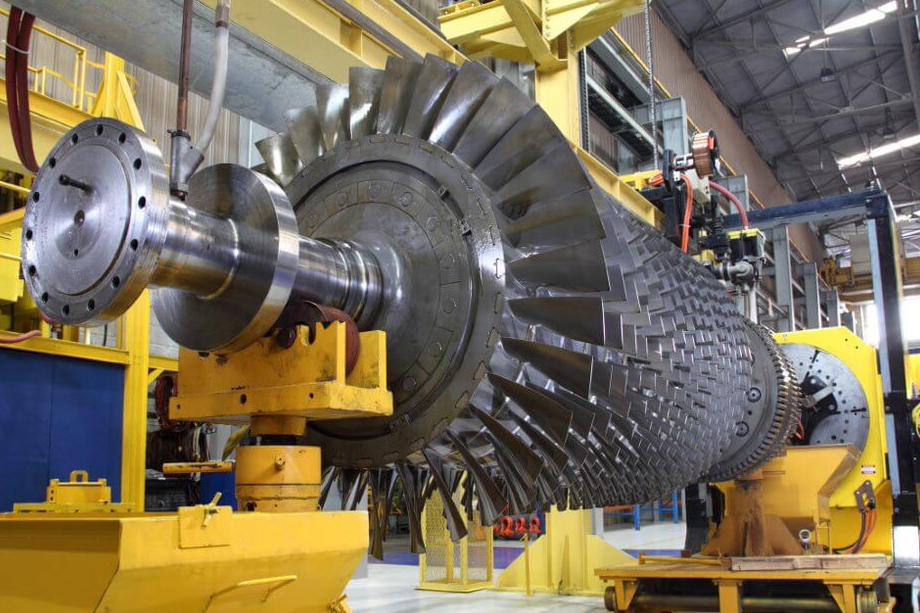What is the importance of surface finish in 3D printed parts?
What Is the Importance of Surface Finish in 3D Printed Parts?
Functional Performance and Mechanical Integrity
Surface finish directly affects the mechanical behavior of 3D printed components, especially in load-bearing and fatigue-sensitive applications. High surface roughness leads to stress concentration points, increasing the likelihood of crack initiation and premature failure. In applications like aerospace brackets or automotive turbocharger housings, achieving a fine surface finish through CNC machining, polishing, or electropolishing enhances fatigue strength and dimensional accuracy.
Wear and Friction Control
In parts subject to dynamic contact, such as gears, seals, and valve components, smoother surfaces reduce friction, wear, and heat generation. Surface finishing is especially important for components produced via Tool Steel 3D Printing, where high hardness must be complemented by low surface roughness to ensure long-term durability in tribological environments.
Corrosion Resistance and Environmental Stability
Rough surfaces with micro-pits or crevices can trap moisture, chemicals, or debris, accelerating corrosion. Post-processing techniques like anodizing, PVD coating, and passivation enhance surface stability in harsh environments. For parts made from Stainless Steel 316L, improved surface quality is essential to achieve maximum corrosion resistance.
Aesthetic and Assembly Compatibility
In consumer electronics, medical, and fashion applications, surface finish impacts visual appearance and tactile feel. Polished or coated surfaces are required for parts with visible or user-contact areas. Additionally, smoother surfaces improve fitment, sealing, and adhesive bonding in multi-part assemblies.
Print Technology Limitations and Surface Optimization
Different 3D printing processes yield varying surface finishes. For example:
FDM parts may show visible layer lines and require sanding or coating.
SLA and DLP produce smoother surfaces but may need UV curing and fine finishing.
Powder Bed Fusion metal parts often require machining to meet final tolerance and roughness targets.
Recommended Surface Finish Services
Neway offers a full suite of post-processing services to achieve optimal surface quality:
CNC Machining: For tolerance-critical features and flatness.
Polishing: For aesthetic and mechanical performance.
Electropolishing: For stainless steel components.
Anodizing: For corrosion-resistant aluminum finishes.
PVD Coating: For surface protection and finish enhancement.



